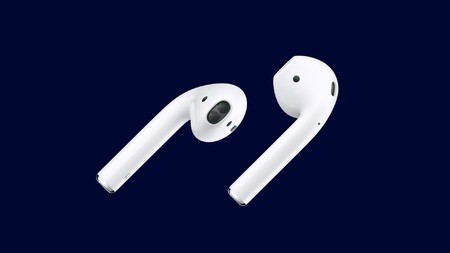Bluetooth audio streaming is everywhere and improving
April 14, 2017
Blog

Audio devices using Bluetooth (BT) connectivity are becoming more ubiquitous than ever. Apple, among others, have eliminated the standard 3.5mm audio...
Audio devices using Bluetooth (BT) connectivity are becoming more ubiquitous than ever. Apple, among others, have eliminated the standard 3.5mm audio jack from their designs, inducing more consumers to switch to wireless BT headphones. From portable speakers and car infotainment systems to earphones and hearing aids, the Advanced Audio Distribution Profile (A2DP) is by far the most common protocol for wireless audio streaming. As part of the Bluetooth classic protocol, A2DP is designed to unidirectionally transfer an audio stream in up to two-channel stereo from one device to another. While the pervasiveness of A2DP attests to its success, new and innovative products are pushing beyond its limits in attempts to enhance user experience.
For example, the profile doesn’t handle true wireless stereo (TWS), meaning two non-wired devices serving as left and right speakers (like AirPods). A2DP sends the stream to one device, which then splits the channels to two speakers that are connected by a wire. Conversely, TWS requires two separate devices to receive the audio stream and emit each channel in perfect synchronization (otherwise the sound will be unbearable). This is an especially challenging problem when the two speakers are inside someone’s left and right ears, as the human head is a difficult barrier for BT’s 2.4-GHz waves. Various hearables, like the AirPods and Samsung Gear’s IconX, have proprietary solutions to this problem, but there’s no standard.

Apple’s AirPods stream true wireless stereo (TWS), although the standard Bluetooth audio profile doesn’t support it.
The next challenge is supporting more than just left and right speakers. As everything is becoming wireless, so are home cinema speakers of the 5.1 and 7.1 variety, and other immersive sound systems. This requires streaming of more than the two channels that A2DP supports.
Power consumption is another limitation of A2DP that many are trying to overcome. For hearing aids, battery life is one of the most important considerations. That’s what brought Oticon to design its Opn hearing aid with Bluetooth Low Energy (BLE) to save power. As opposed to BT Classic, BLE is designed for minimal power consumption, as it’s designated for Internet of Things (IoT) use cases. But, currently, BLE doesn’t include an audio profile. With a solution based on CEVA’s RivieraWaves BLE platform for minimal power consumption, the Opn can connect directly to external Bluetooth-enabled devices, like smartphones and TVs. Once connected, the user can stream calls, music and other audio content directly to the hearing aid.

Shown is the Oticon Opn hearing aid.
Enhancements in Bluetooth 5, which was recently released by the Bluetooth Special Interest Group (SIG), have increased the speed of BLE to up to 2 Mbits/s, so BLE already has part of the foundation for high-quality audio streaming. Work on this next-generation low-power audio speci is ongoing and will no doubt appear in a future release, along with a new profile. This profile will be suited for hearables and other tiny devices with limited battery size, as it could reduce the power consumption by up to 10X.
The new profile will come with new codecs and processing requirements. Handling this will require a flexible, programmable signal processing solution to allow modifications and upgrades. In addition to the codecs for streaming, devices like hearables often have multiple sensors. For example, motion, light, temperature, and heart-rate sensors are common for fitness tracking hearables. A lightweight digital signal processor (DSP), like the CEVA-X1, could handle the entire load, including the codecs and the sensor fusion, and hardly add any power consumption to the system.
While we wait for the finalization of a standardized protocol for audio over BLE, not all of the details are out in the open. In the interim, many are finding their own private solutions. In the end though, a SIG-approved standard solution will kick-start a new wave of lower power, high quality Bluetooth audio products, many of which will be integrated with multiple sensor inputs. Designers will continue to be under pressure to differentiate and execute even more aggressive product cycles.
LinkedIn: www.linkedin.com/company/ceva
YouTube: www.youtube.com/user/cevadsp




